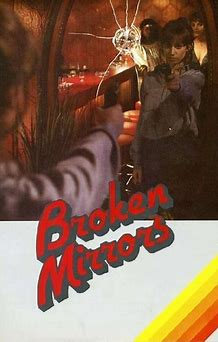I wrote in the past that Blake Edwards’ fascination with the
Pink Panther universe carries the air of a stubborn, doomed quest toward
revelation, and the late failure Curse of the Pink Panther fits right in
with that assessment. Things kick off with yet another heisting of the titular
diamond, but this time executed so cursorily that it seems like mere
referential nodding; Clouseau apprehends the perpetrators and abruptly
disappears, with a bereft France summoning the world’s best remaining
detective to track him down, except that the computer making the selection is secretly
reprogrammed by Inspector Dreyfus to instead identify the world’s worst,
Chicago officer Clifton Sleigh. As played by Ted Wass, Sleigh is indeed
sufficiently inept and bumbling that several characters wonder whether he and
Clouseau are related, but he’s otherwise an affectless blank, sheer dead air,
which however somewhat fits the obsession with absence; the ending has the
world convinced that Clouseau is indeed dead, whereas he’s actually undergone plastic
surgery and is now played by Roger Moore (apparently embodying a weird
simulacrum of himself, given that Sleigh recognizes him as a famous star). Edwards
churns out the set pieces (miraculously-avoided assassination attempts; the
mandatory car chase; any amount of falling into swimming pools and the like)
with barely a hint of his formal strengths, suggesting a broader displacement
and dilution of spirit. And yet, the film’s selective navigation of the Panther
universe is weirdly intriguing: it reaches back to the first film to resurrect
David Niven’s Charles Litton (erasing the fact that Litton was subsequently played by
Christopher Plummer in Return of) and related characters while
relegating Graham Stark (who, among other things, was Clouseau’s assistant in A
Shot in the Dark) to the role of a waiter, in a scene in which Sleigh’s
extended ineptness has the people at one adjacent table hysterically laughing
as if watching the movie Edwards wanted this to be, while those at the next
table are utterly oblivious, presumably more securely lodged in the fictive universe. All very strange...




